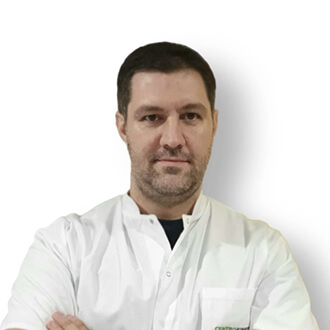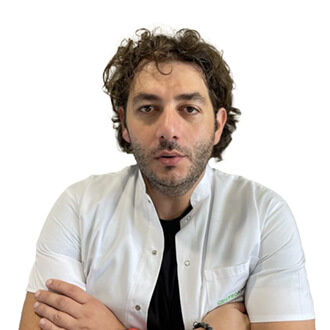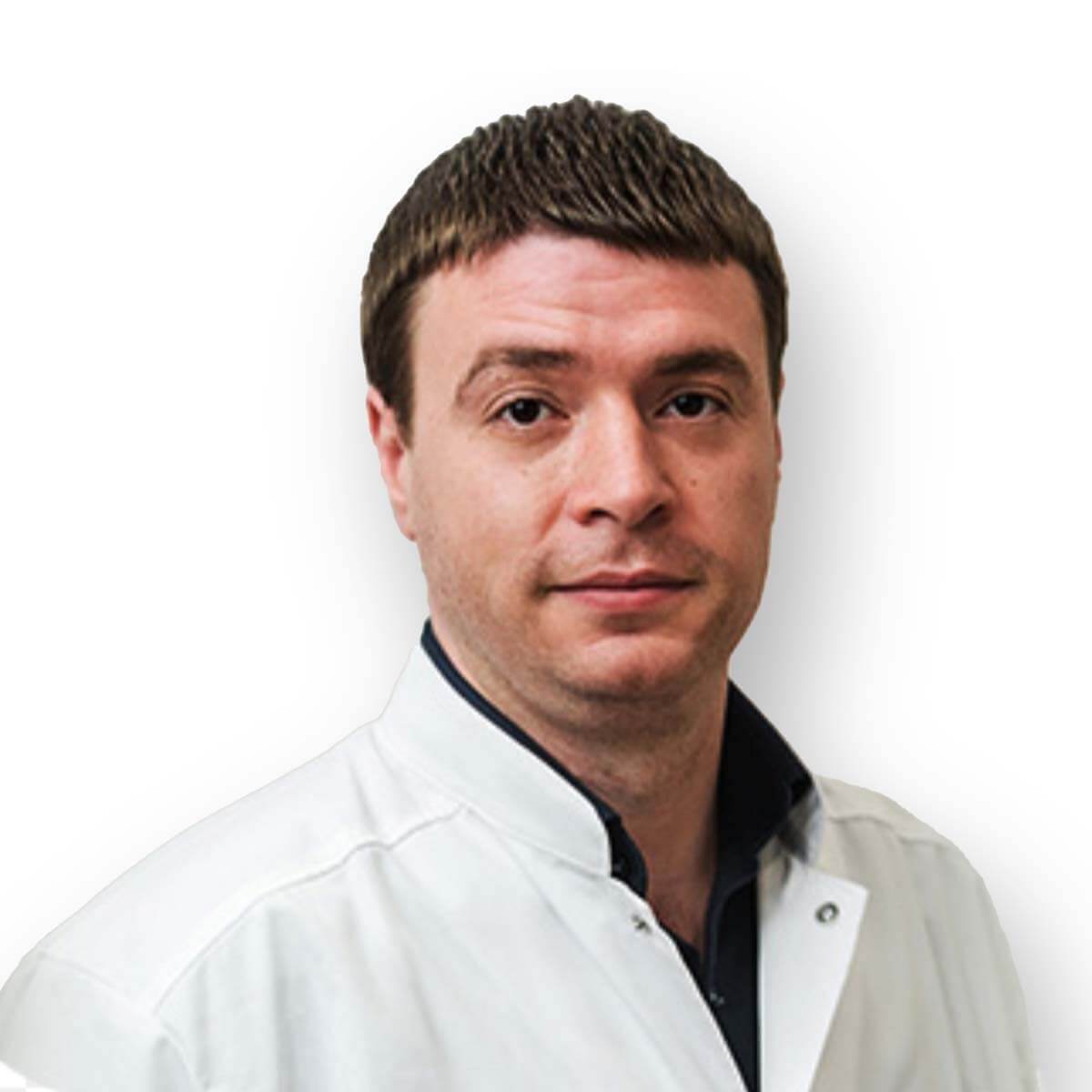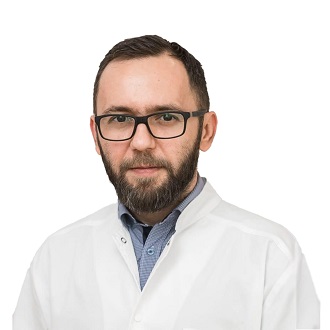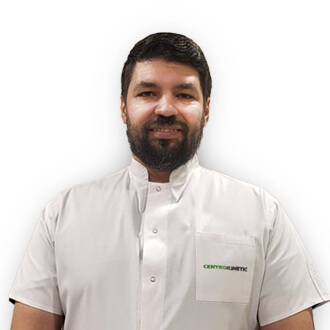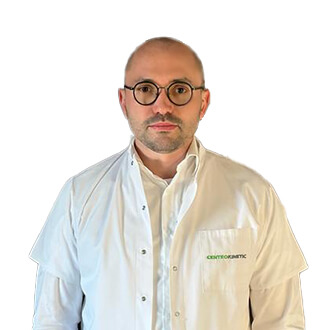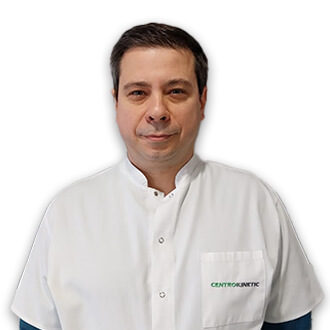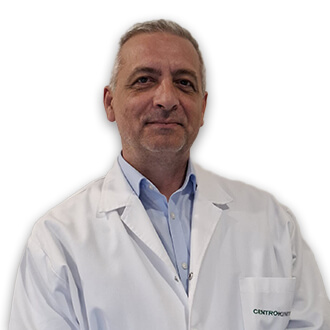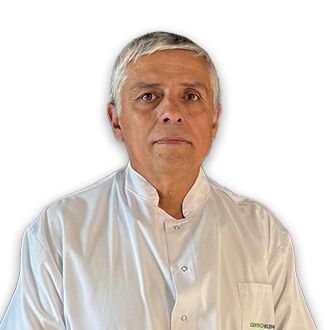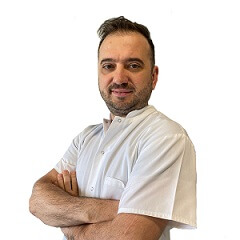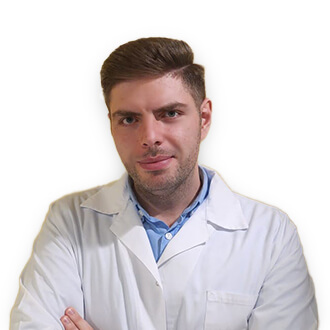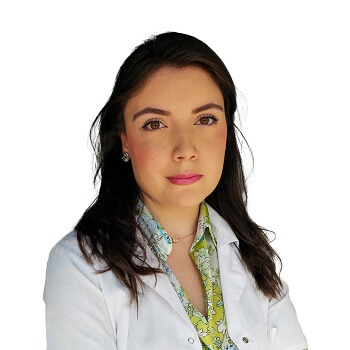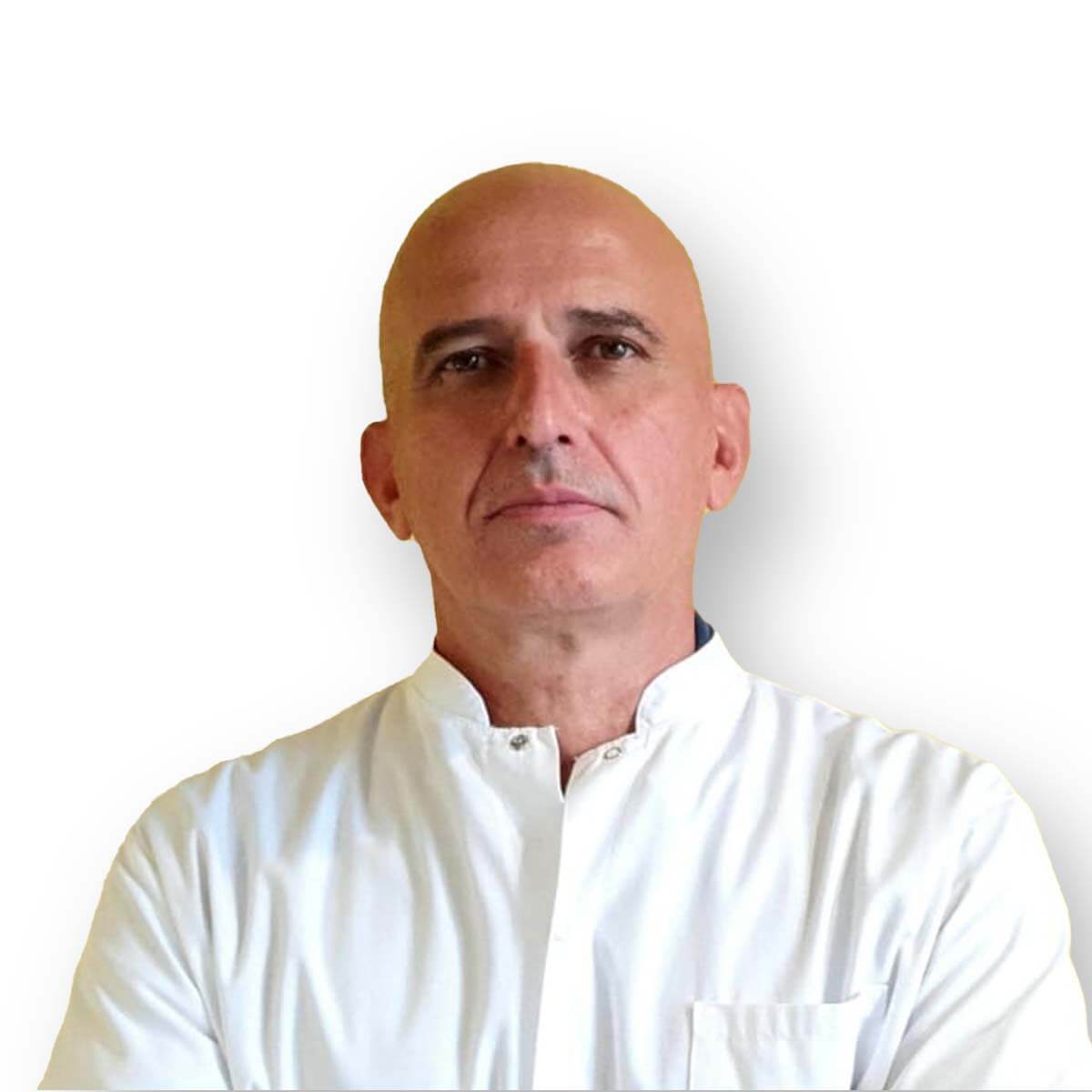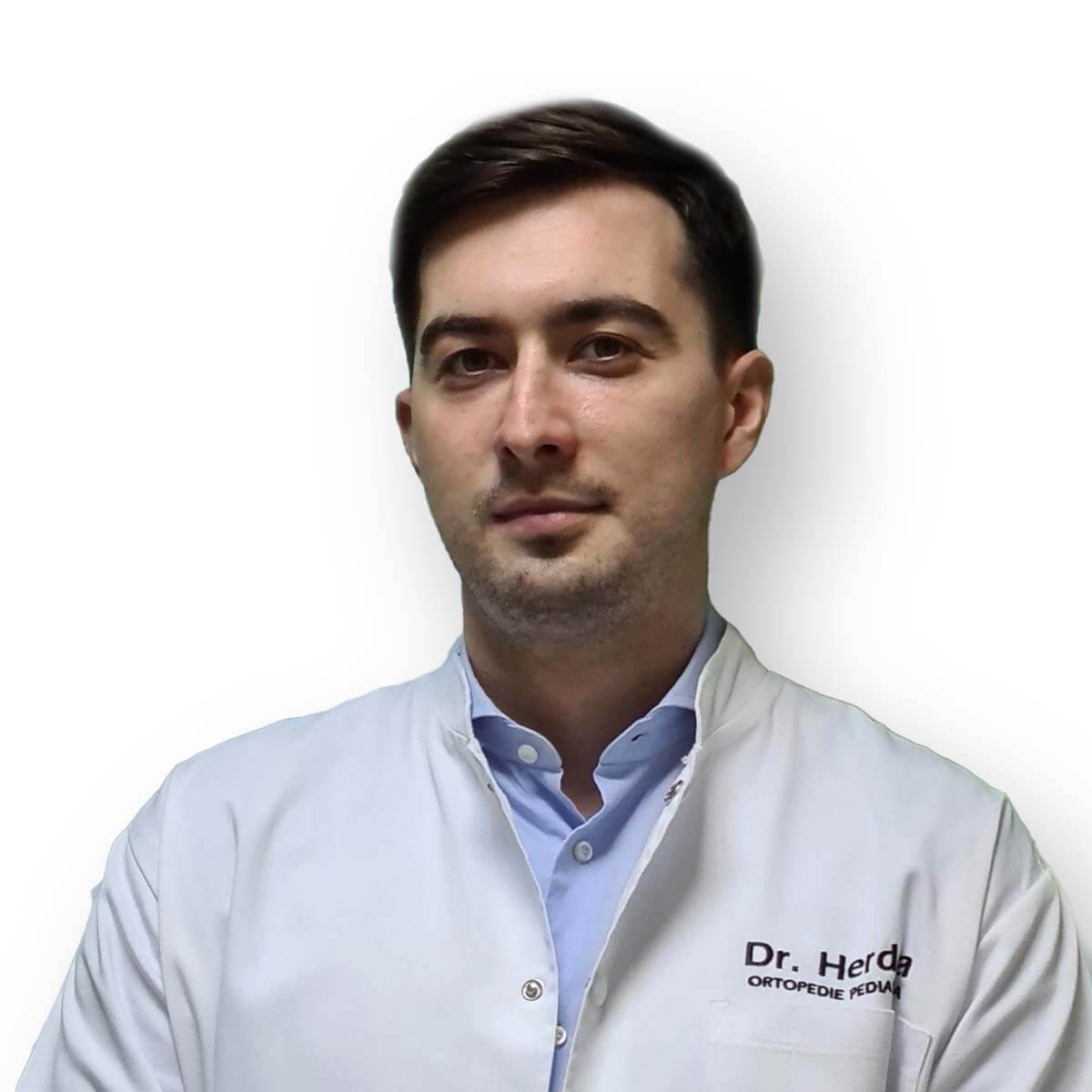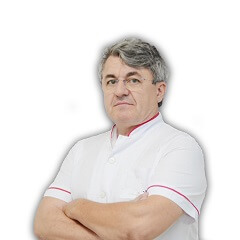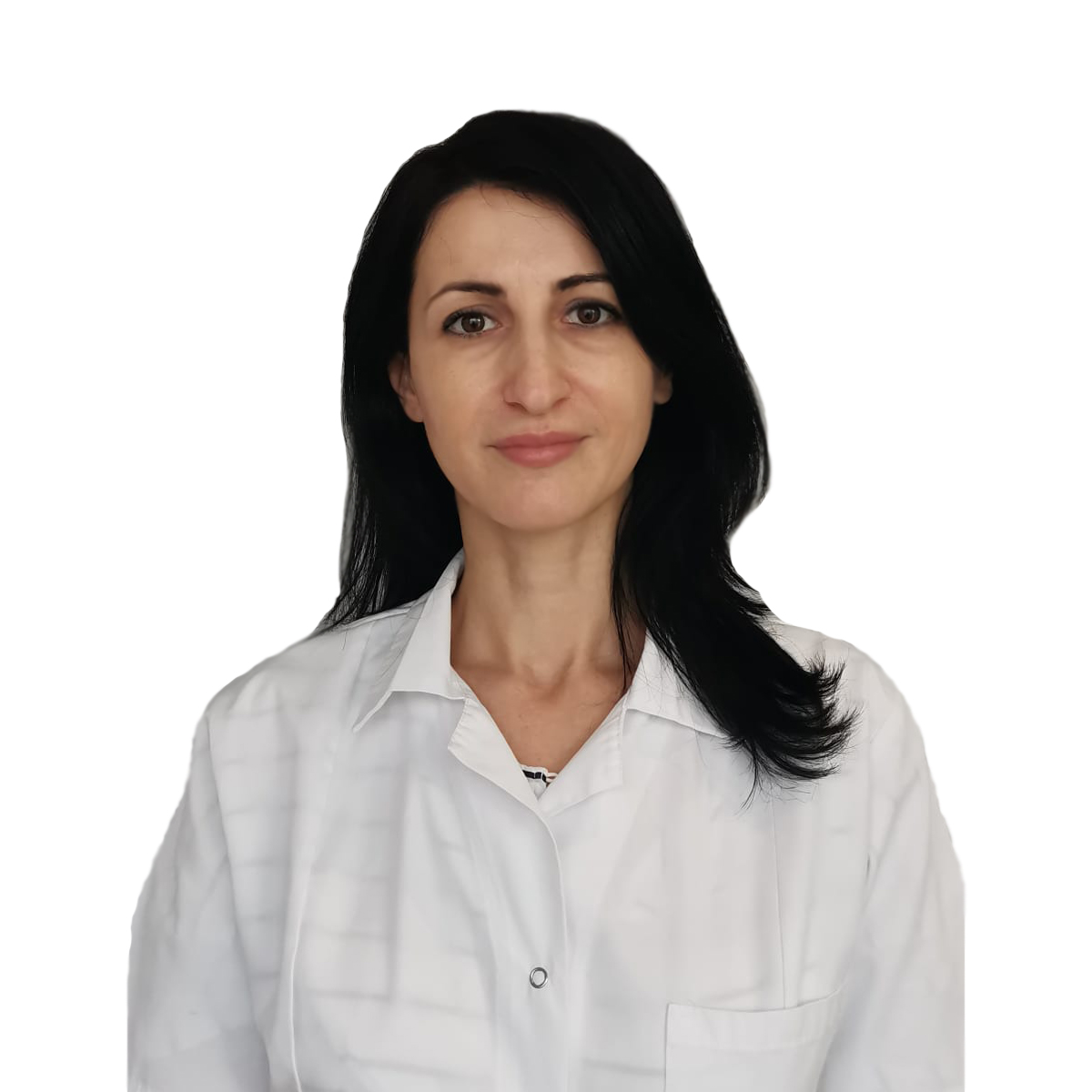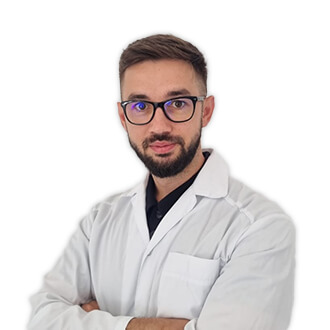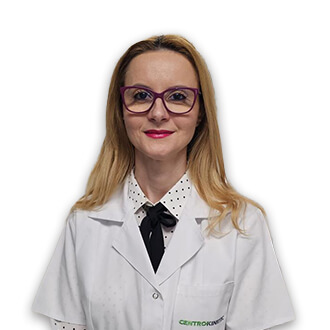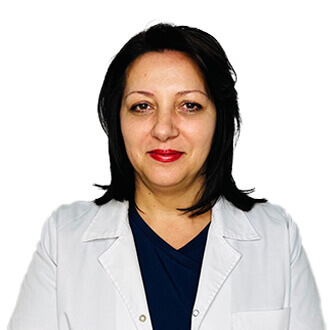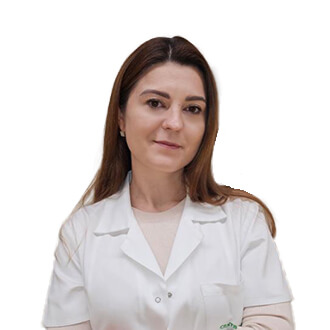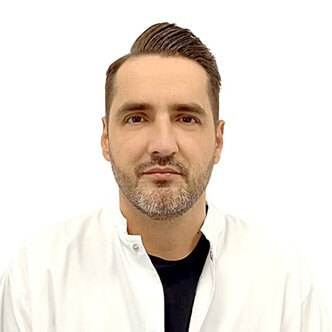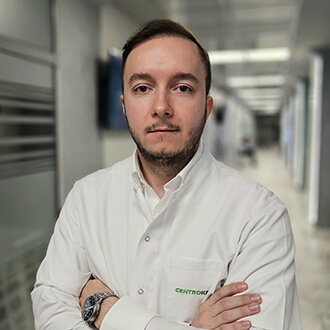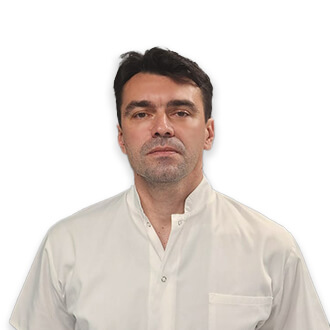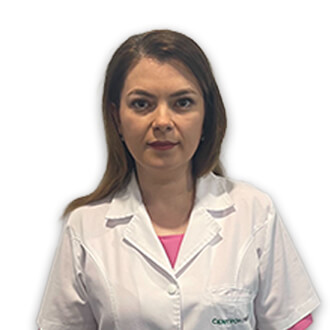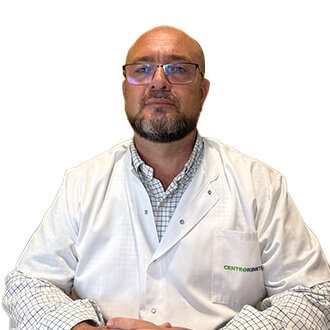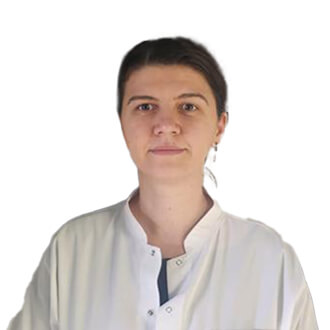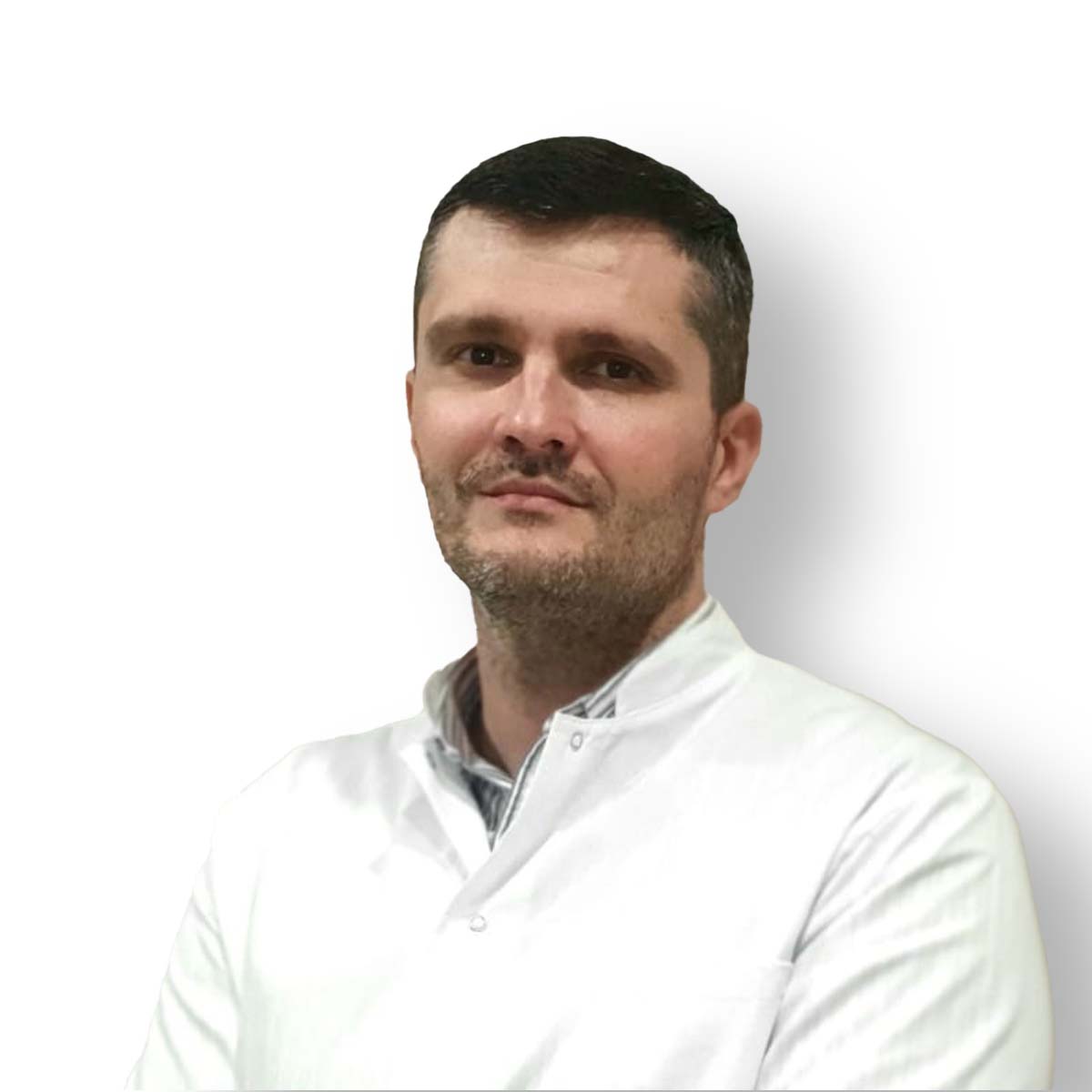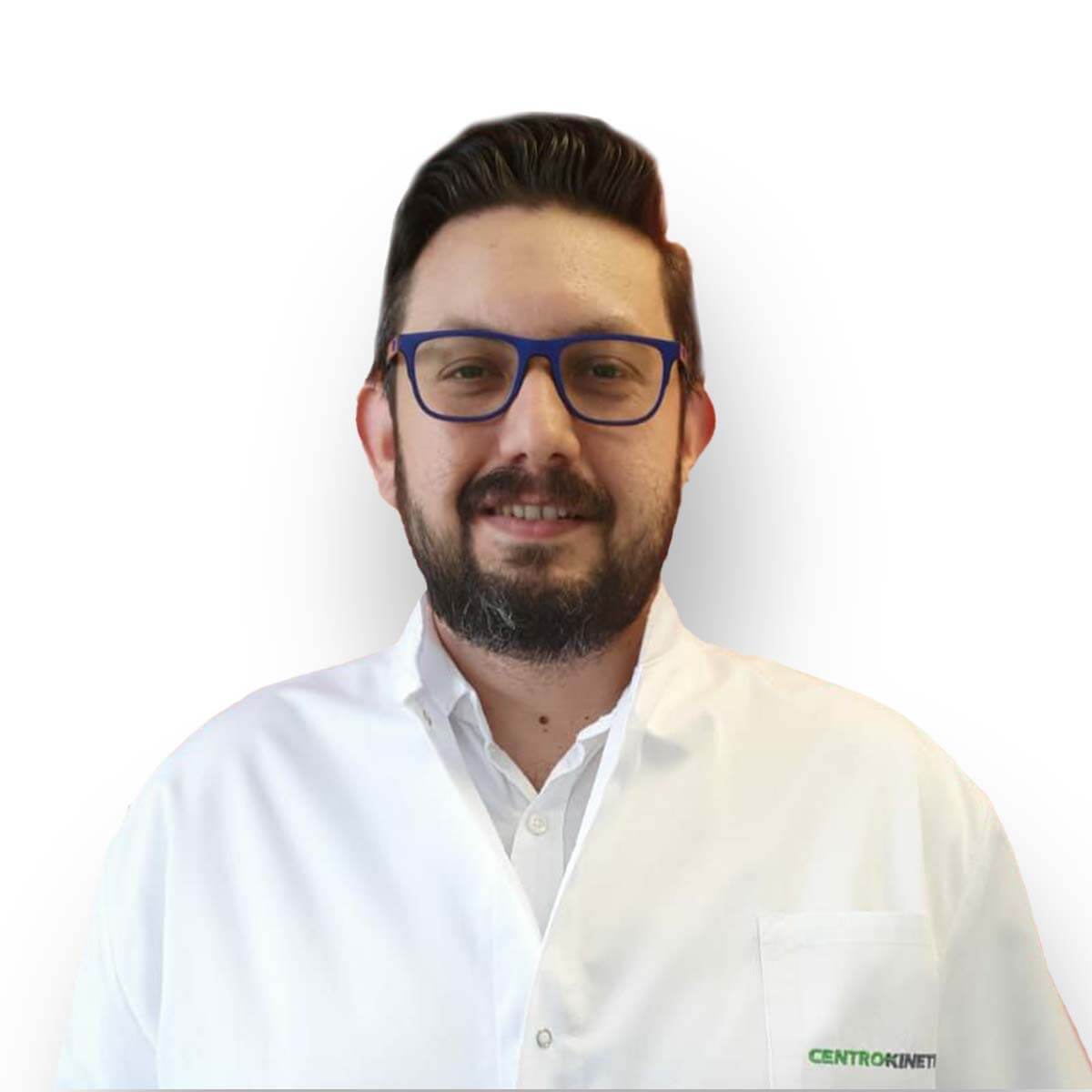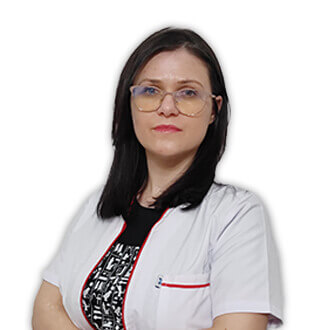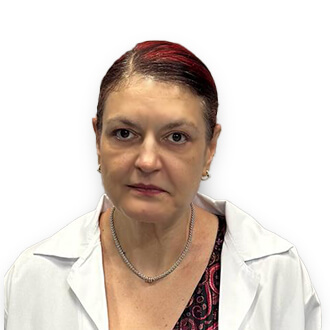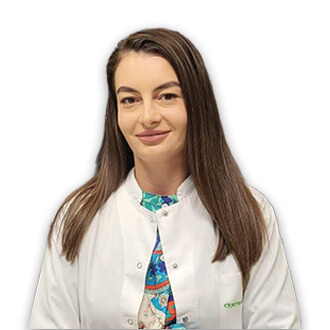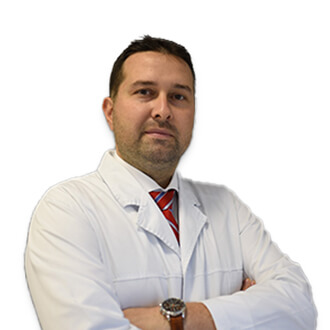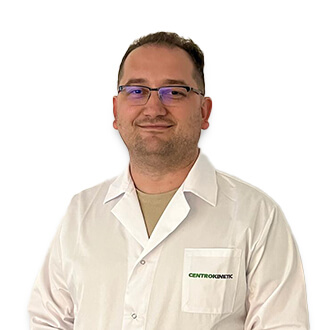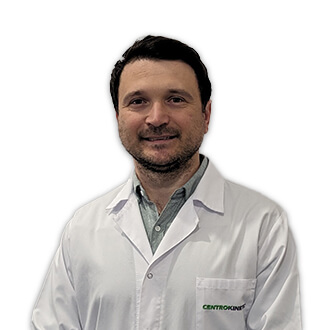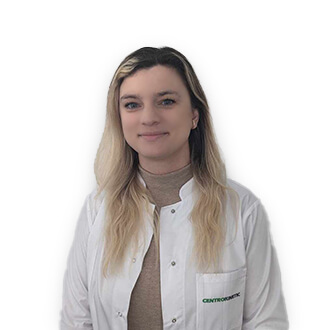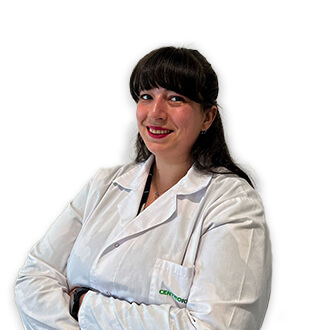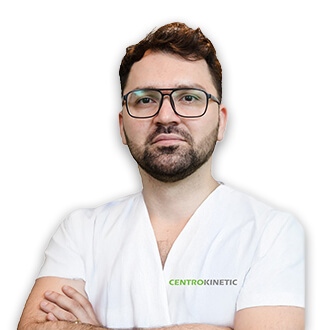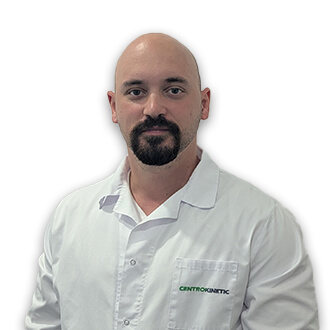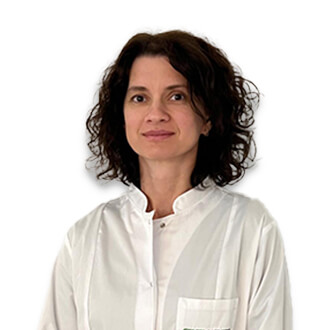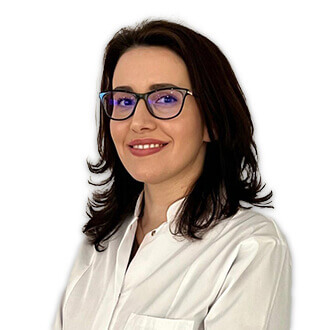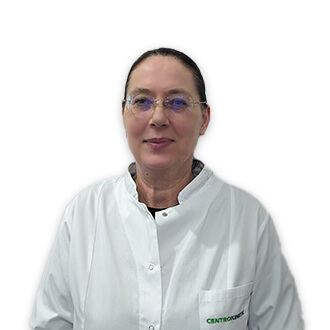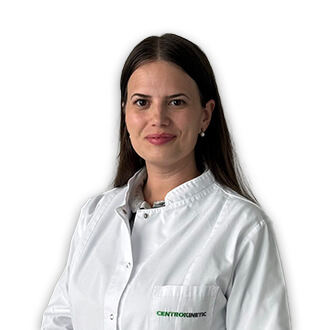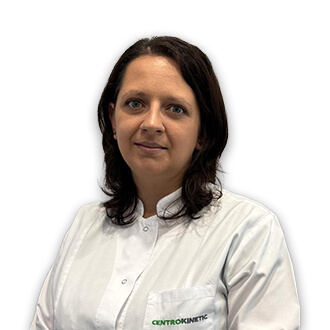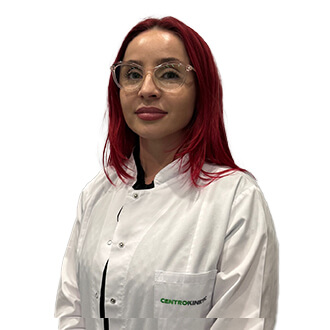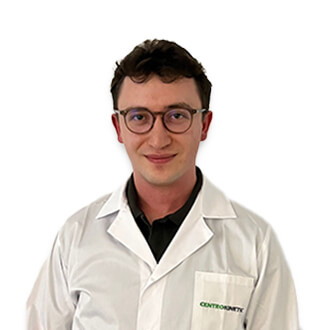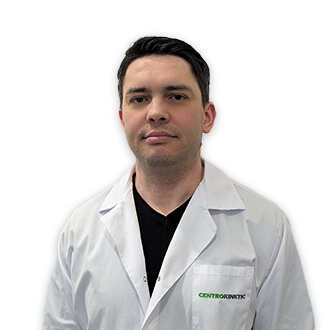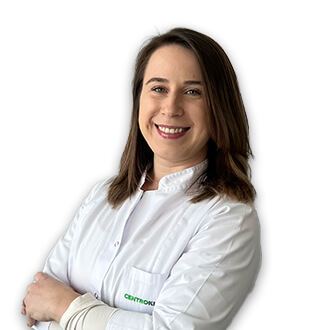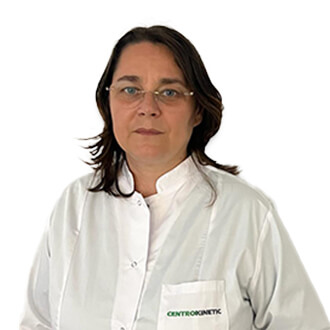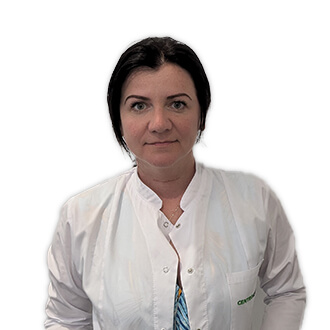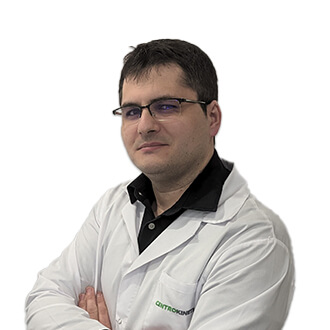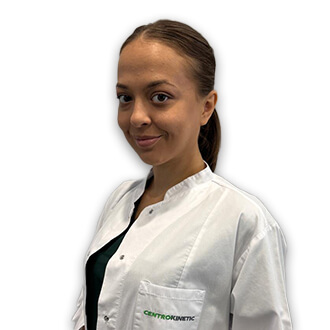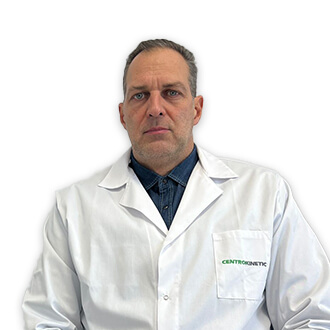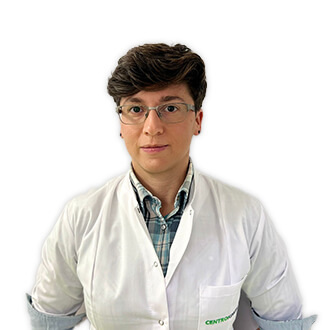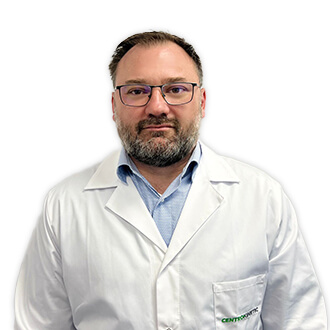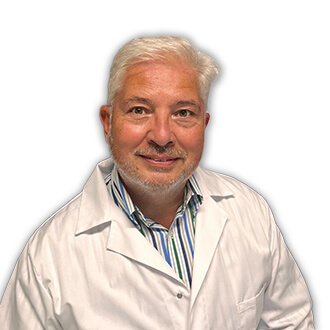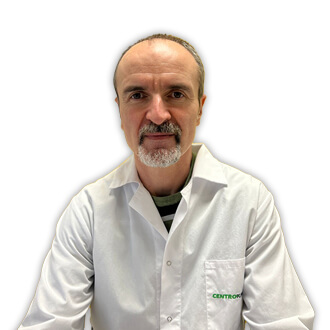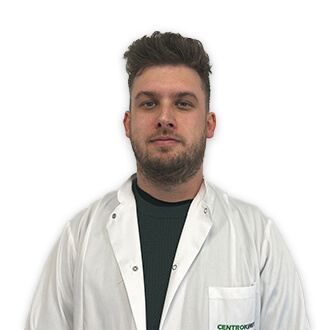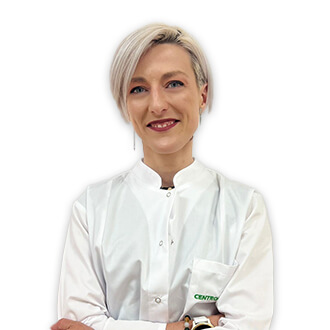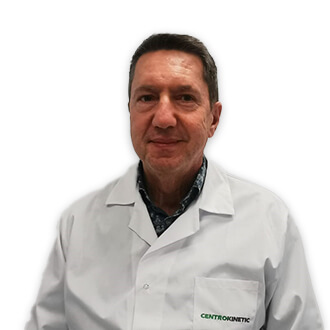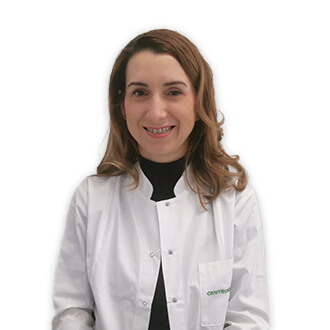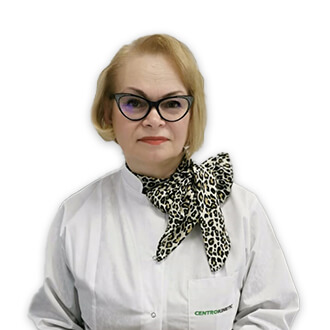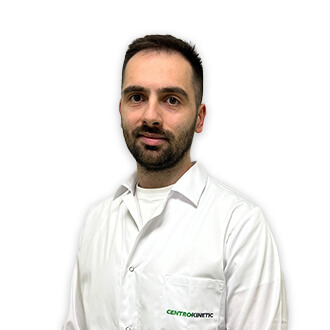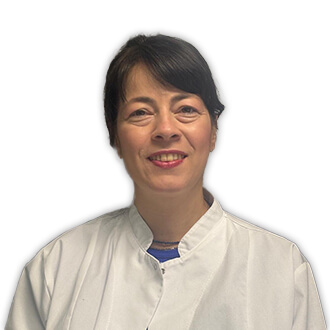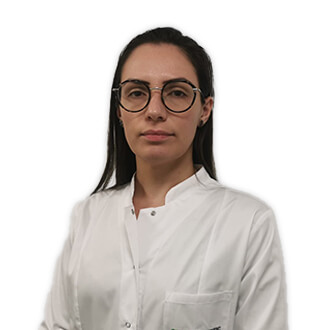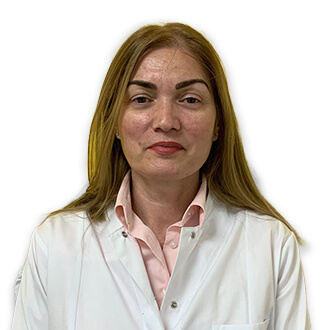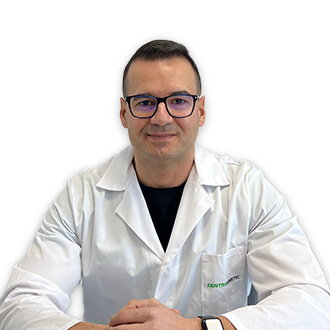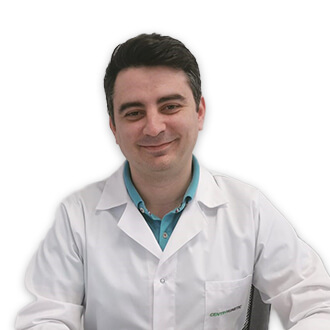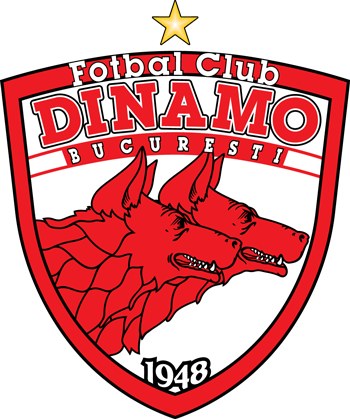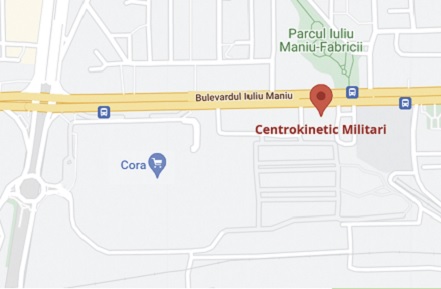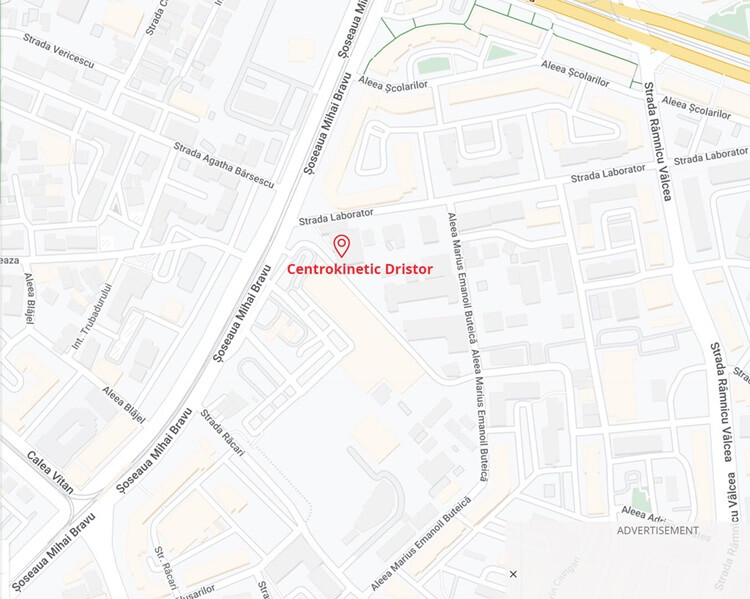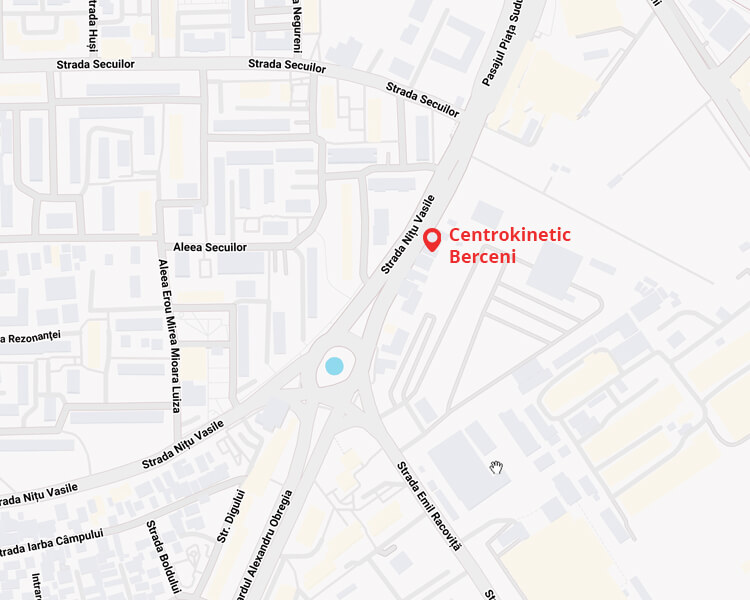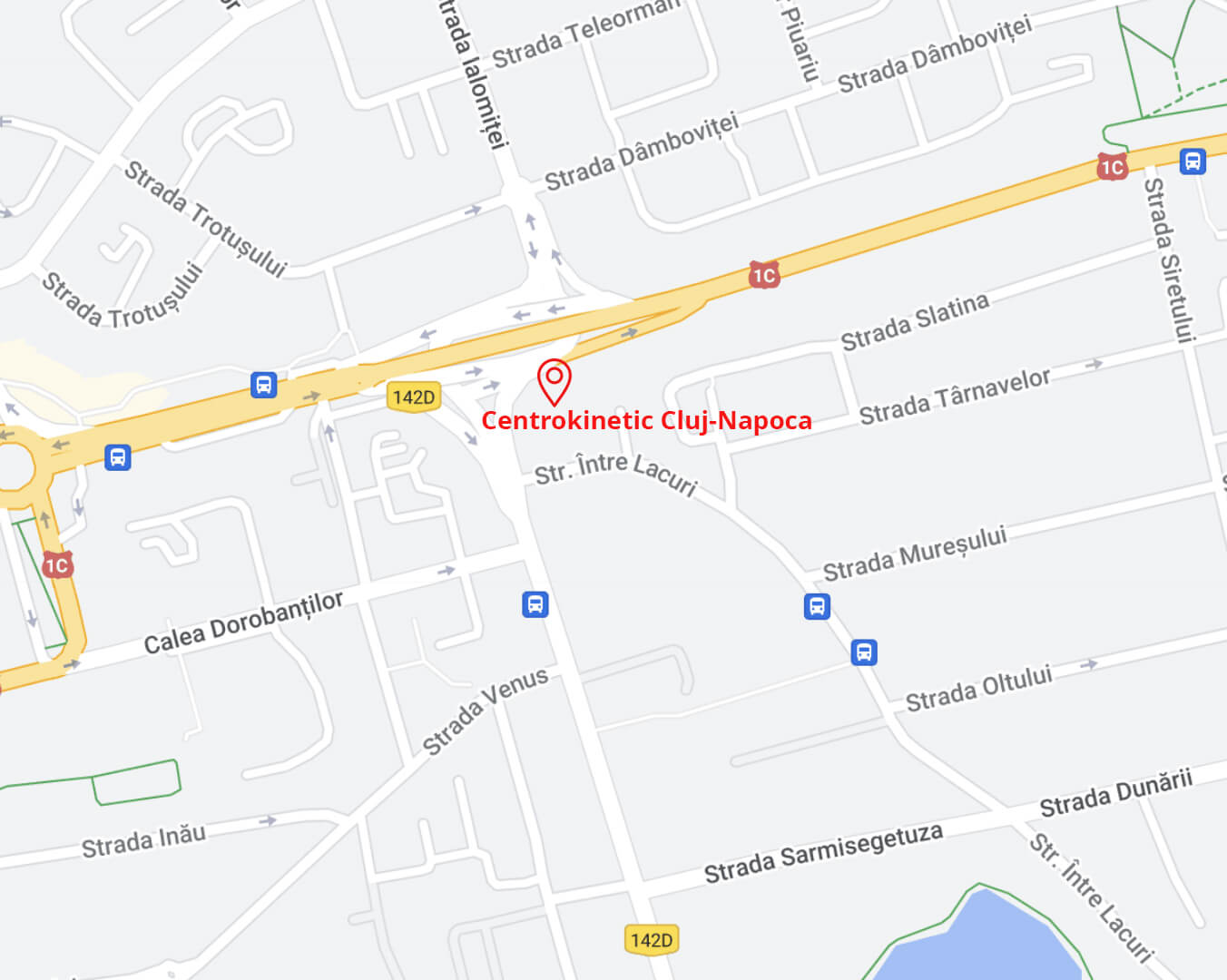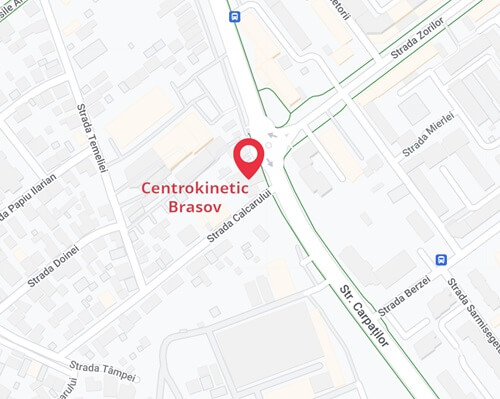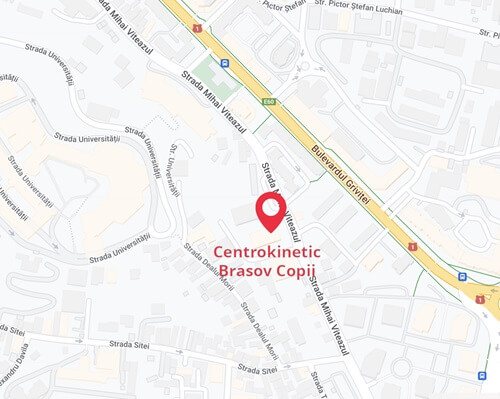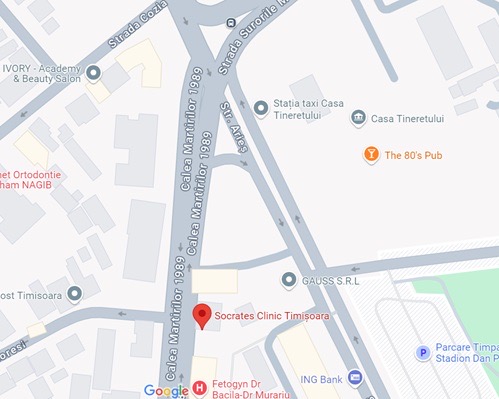Pain – From Warning Signal to Modern Recovery Solutions
.jpg)
An article by Dr. Georgiana Tache, Senior Specialist in Medical Recovery at Centrokinetic, Associate Professor at “Carol Davila” University of Medicine and Pharmacy
Pain makes us grit our teeth, take a break from whatever we were doing, and – sometimes – fear that “something serious” is happening inside. But have you ever wondered why it has to hurt, whether pain actually helps, or how we can stop the suffering without putting our life on hold?
In the lines below, Dr. Georgiana Tache debunks myths and clearly explains:
- When pain is an ally and when it becomes an enemy
- Why there is no single “type” of pain and how to recognize each one
- The modern arsenal – from medication to virtual reality – available to keep pain under control
- What a step-by-step personalized medical recovery plan looks like at Centrokinetic
If you want to understand your body's signals, learn how specialists work with cutting-edge techniques, and – most importantly – discover that there is (active!) life after pain, keep reading. Pain is a message; together we can learn to decode it and put it on silent.
Physical pain itself is a warning signal. Pain is also a protection system. It alerts us that something is wrong with and inside our body.
For example, if you cut yourself, get hit with a blunt object (like a hammer), or burn your hand, you feel acute pain in an area of your body, and that pain makes you quickly withdraw, stop the action, take measures to limit it, and avoid more serious damage. Without pain, we could destroy our body without knowing it. There are people with certain diseases who don’t feel pain, and their lives are full of risks and chronic injuries precisely because they lack this “warning system.” Pain should not be ignored.
On a physical level, pain is not a goal but a message. It doesn’t heal us itself, but it makes us aware that we need to stop, take care, and treat the cause.
What is pain from a medical perspective? When does it occur?
Pain is an unpleasant or uncomfortable sensory and emotional experience that arises in response to actual or potential tissue damage, or it can have causes unrelated to any obvious physical injury. It serves as a defense mechanism, alerting the body that something is wrong and needs attention or intervention.
Pain can arise for various reasons, such as inflammation, trauma, chronic diseases, infections, or even stress and psychological factors. It can be acute, lasting a short time, or chronic, persisting over longer periods.
Is it necessary to feel pain? Generally, yes. Pain plays an important role in protecting our health, warning us of dangers or injuries and motivating us to take action to avoid worsening the situation. However, chronic or excessive pain can become problematic and requires consultation and specialized treatment to improve quality of life.
What types of pain exist?
Acute pain and chronic pain are the two main types of pain. They differ in causes, duration, and their impact on our body.
1. Acute pain.
It appears suddenly and is usually a signal of an acute injury or condition, such as trauma (contusion, sprain), injury (cut, burn, crush), inflammation (osteoarthritis), or an infection.
It has a short duration, usually from a few days to a few weeks. Its purpose is to alert the body to a problem and to protect the affected area to allow healing.
Nociceptive pain: Results from the stimulation of pain receptors by tissue damage or inflammation, usually well-localized and clearly defined.
- Deep, visceral pain: Originates from internal organs and can be more generalized, often described as a dull ache or nausea.
- Peripheral, somatic pain: Refers to pain from skin, muscles, bones, or joints and tends to be well-localized and sharp. Examples include acute osteoarthritis, sprains, dislocations, contusions, fractures, herniated discs, etc.
It is usually treated with analgesic medication, rest, physiotherapy, or other interventions, even surgical ones, depending on the specific cause.
2. Chronic pain.
This is pain that persists over a longer period of time, usually more than 3–6 months, even after the initial injury has healed or the cause has been removed.
Neuropathic pain: Occurs as a result of injury or dysfunction of the nervous system, often manifesting as burning, tingling, numbness, muscle cramp sensations, or stinging.
Psychogenic pain: Accompanies neuropathic pain and some mental or psychological conditions and may seem harder to locate or clearly describe.
It can be caused by chronic conditions such as arthritis, neuropathies, fibromyalgia, or other medical conditions (diabetes, chemotherapy, nerve entrapment, vertebral disc disease).
Chronic pain can affect quality of life, sleep, emotional well-being, and daily functioning.
Treatment is more complex and may include medication, physical therapy, psychological counseling, pain management techniques, and lifestyle changes.
If the pain is severe or persistent, it is important to consult a doctor for proper evaluation and treatment. Personalized solutions may exist for each type of pain.
Can we talk about pain management?
Pain management consists of a set of strategies, methods, and treatments aimed at reducing, controlling, or eliminating pain, whether acute (short-term) or chronic (persistent, lasting months or years).
It is applied in medical, surgical, oncological, traumatic contexts, as well as in emotional or psychological suffering.
1. Pain assessment.
Type of pain, which can be acute, chronic, neuropathic, inflammatory, etc. Intensity is rated from 0 to 10 using pain scales.
Location and character: the pain may be sharp, burning, dull, pulsating. The impact on sleep, activity, and mental state should not be overlooked.
2. Pain management methods
a) Medication treatment
Analgesics: paracetamol, ibuprofen, aspirin. Nonsteroidal anti-inflammatory drugs (NSAIDs): diclofenac, naproxen. Opioids: morphine, tramadol for severe pain (be cautious of addiction risk). Antidepressants / anticonvulsants: useful for chronic, neuropathic pain. Local anesthetics: lidocaine, etc. Muscle relaxants. Vitamin therapy.
b) Physical therapy and rehabilitation
Physiotherapy uses therapeutic means and methods such as application of heat, ice, electric currents (TENS), ultrasound, laser therapy, tecar, shock wave, massage, kinesiology, occupational therapy, etc.
c) Psychology and cognitive-behavioral therapy
Chronic pain is often associated with anxiety, depression, insomnia. Therapy can help manage emotional reactions, reduce pain amplification, and teach relaxation techniques.
d) Invasive interventions (in severe cases)
Nerve blocks (injections). Neurostimulation (electrical implants). Surgery (nerve decompression, analgesic pumps, resolving the cause that produced the acute pain).
e) Complementary approaches.
Anti-inflammatory diet. Breathing and relaxation techniques.
3. Personalized Management
Pain is subjective. What works for one person may be ineffective for another. Therefore, the approach must be multidisciplinary (doctor, psychologist, physiotherapist, occupational therapist), patient-centered, and with periodic re-evaluations.
4. Objectives of Pain Management:
Pain relief, regaining quality of life, increasing functionality, reducing emotional suffering associated with pain.
.jpg)
What physical procedures are commonly used in pain management?
1. Heat and cold therapy (thermotherapy and cryotherapy).
Heat (hot packs, paraffin, warm baths) promotes muscle relaxation, increases blood flow, and supports tissue repair. Useful in chronic pain (e.g., lower back pain). On the other hand, cold (cold compresses, ice, devices) reduces inflammation and swelling, lowers nerve sensitivity, and is indicated in acute pain, sprains, bruises.
2. Electrotherapy or therapy using electrical impulses applied via electrodes on the skin.
Uses TENS – Transcutaneous Electrical Nerve Stimulation, diadynamic currents (CDD), interferential currents (CIF). Blocks pain signals sent to the brain. Stimulates the release of endorphins (natural painkillers). Used for lower back pain, neuropathies, osteoarthritis, non-surgical injuries, etc.
3. Therapeutic ultrasound.
High-frequency vibrations penetrate tissues and stimulate circulation and regeneration, reduce muscle spasms and inflammation. Effective in tendinitis, plantar fasciitis, joint pain, muscle contractures.
4. Therapeutic laser (LLLT – Low-Level Laser Therapy).
Low-intensity laser applied locally. Reduces inflammation and stimulates cellular repair. Can be used for muscle pain, neuralgia, osteoarthritis.
5. Manual therapy (therapeutic massage and manipulation).
Manual therapy includes deep massage techniques, joint mobilization, passive stretching. Produces muscle relaxation and myofascial release. Increases flexibility and local circulation. Beneficial for back pain, neck pain, fibromyalgia, post-physical exertion.
6. Kinesiotherapy (therapeutic exercises).
Personalized movement, stretching, and toning programs. Adapted to the stage and condition, especially musculoskeletal. Restores posture, ensures gait retraining and joint mobility, movement coordination, and daily activity control. Strengthens support muscles and prevents illness. Particularly useful in chronic pain (back, neck, osteoarthritis). Prevents recurrence of pain.
7. Hydrotherapy / hydrokinetic therapy.
Exercises in warm water (therapeutic pools). Water reduces joint pressure and facilitates movement. Useful in post-traumatic conditions, osteoarthritis, as well as post-stroke, cardiovascular, and pulmonary conditions.
Innovative physiotherapy therapies
1. Shockwave Therapy. Uses high-intensity acoustic waves. Stimulates deep healing, especially in soft tissues, tendons, and bones. Effective in plantar fasciitis, tendinopathies (tennis elbow, rotator cuff tendinopathy, Achilles and patellar tendinopathy, muscle contracture), calcifications. Reduces chronic pain without injections or drugs.
2. High-Intensity Laser Therapy (HILT). More powerful than classic laser (LLLT). Penetrates deeper into tissues. Reduces inflammation, stimulates circulation and regeneration. Indicated in muscle and joint pain due to osteoarthritis or trauma.
3. Virtual Reality (VR) in medical rehabilitation. The patient performs exercises in an interactive virtual environment. Increases motivation and therapy engagement. Used in post-stroke recovery, chronic pain, coordination and balance disorders. Can be combined with therapeutic games or cognitive simulations.
4. Exoskeletons and robotic devices. Assist patients with walking, mobility, neuromotor retraining. Used in paresis (partial paralysis), spinal injuries, stroke. Allows for precise and repetitive training that stimulates neuroplasticity.
5. Computerized biofeedback (EMG biofeedback). Devices that measure muscle activity in real time. Patients learn to control muscle contractions, posture, and breathing. Used in neuromuscular retraining, lower back pain, postural stress.
6. TECAR Therapy (Capacitive and Resistive Energy Transfer). Uses radiofrequency currents to activate cellular metabolism. Stimulates deep healing, reduces swelling, relaxes muscles. A painless, comfortable therapy also used in professional sports.
7. Advanced Neuromuscular Electrical Stimulation (EMS/NMES). Modern, portable devices with customizable programs. Activate atrophied muscles, reduce pain, improve muscle tone. Useful in post-operative, neurological, and sports recovery.
8. Whole Body Vibration Therapy (WBV or Galileo Platforms). Platforms that emit controlled mechanical vibrations. Activate deep muscles, improve balance, circulation, and strength. Useful in geriatric rehabilitation, osteoporosis, Parkinson's disease.
9. Artificial Intelligence (AI) in physiotherapy and medical rehabilitation. Mobile apps and AI-assisted systems analyze posture, movement, and patient progress. Personalized exercises based on recorded data. Remote monitoring, useful in telemedicine and home recovery.
10. Hyperbaric Oxygen Therapy (HBOT). The patient breathes pure oxygen in a pressurized chamber. Stimulates tissue regeneration and reduces inflammation. Often combined with physiotherapy in trauma or chronic pain. Osteonecrosis, neoplasms, post-stroke.
8. Mechanical traction. Mainly used for lumbar or cervical spine. Vertebral decompression reduces pressure on discs and nerves. Useful in disc herniation, sciatica.
9. Body relaxation techniques (biofeedback, controlled breathing)
Teach the patient to relax their muscles and control the physiological response to pain. Reduces muscle tension and stress associated with chronic pain.
Advantages of innovative therapies: faster results, personalized to patient needs, integration of medicine with modern technology. Less pain and effort during treatment. Suitable for rheumatic and post-traumatic pain.
These procedures are not applied randomly: they are prescribed by a rehabilitation doctor, personalized based on diagnosis, age, pain severity, and other health conditions.
We are waiting for you at Centrokinetic to benefit from many of these classic and innovative medical rehabilitation therapies. Our clinic specialists can create a personalized treatment plan for you.
BUCHAREST TEAM
CLUJ NAPOCA TEAM
BRASOV TEAM
MAKE AN APPOINTMENT
FOR AN EXAMINATION
See here how you can make an appointment and the location of our clinics.
MAKE AN APPOINTMENT

